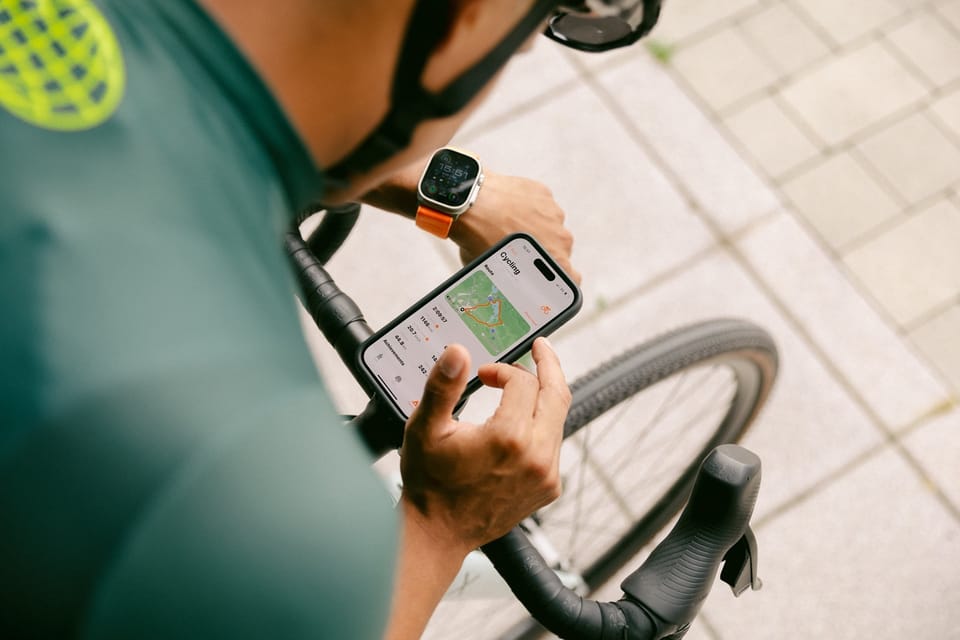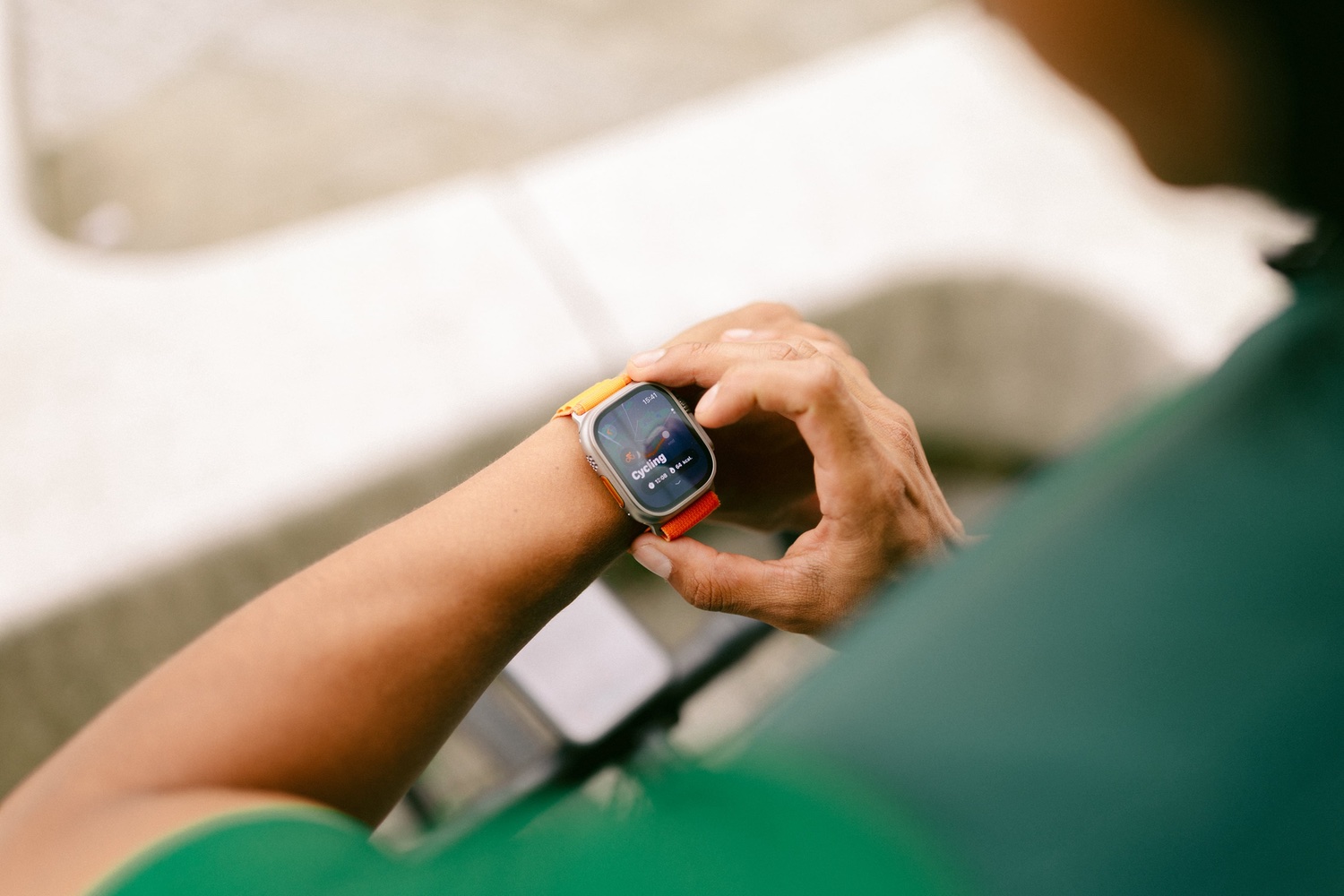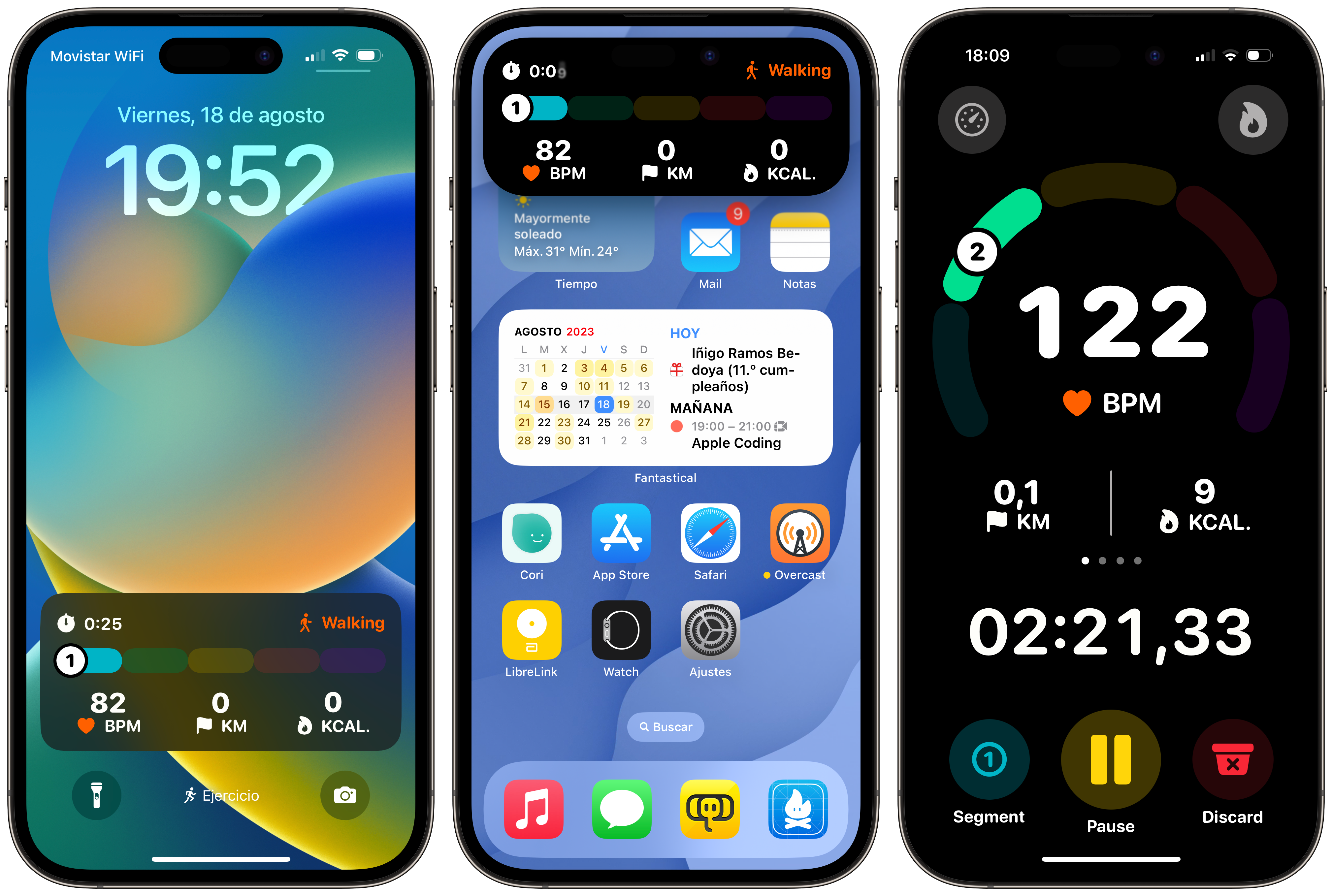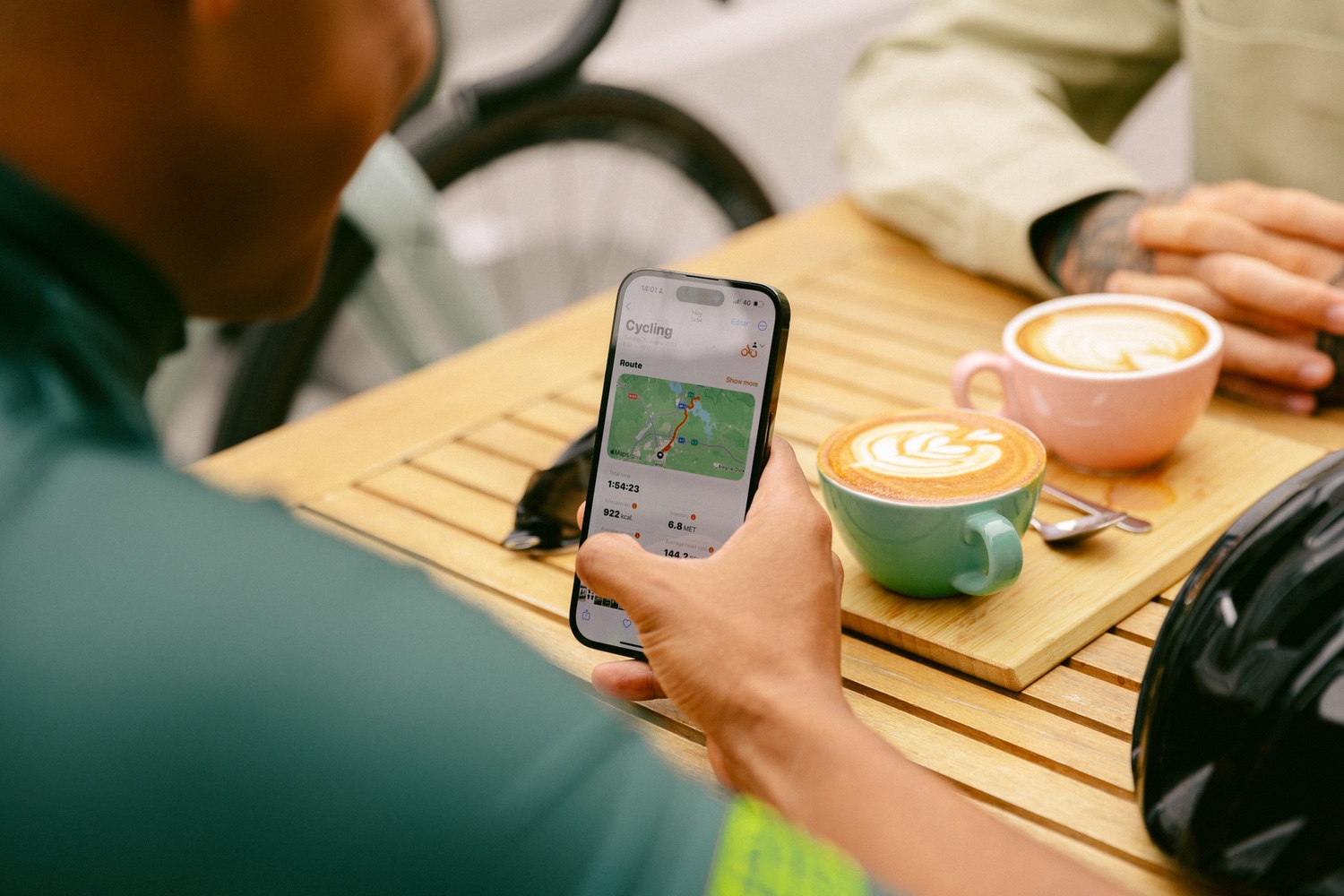Cycling with the Apple Watch Ultra

I'll be honest with you. When I bought the Apple Watch Ultra, I didn't have any extreme use case in mind. I wasn't doing ultra-marathons or diving in the ocean. I bought it mainly for two reasons: it was the first Apple Watch with a different design, and it had much more battery life.
Cycling came later, and since everyone seems to have some kind of Garmin, I think it's time to share my experience cycling with the Apple Watch Ultra.
The Most Extreme Apple Watch

Designing an Apple Watch for the most extreme conditions not only results in a very attractive design but also gives it certain characteristics that make it more useful for cycling.
On one hand, since it's larger, it has more battery life (double that of a normal Watch), which means you can do a route of several hours, continue with your day, and sleep with the watch (to record your vital signs during sleep) without worrying about looking for a charger every so often. In my case, after almost two years of use, I barely need to leave it charging for the time it takes me to shower and get dressed when I wake up in the morning for it to last all day.
It also has a larger and brighter screen, making it easier to glance at workout data. Although, as I'll explain later, I have a better trick for that.
In addition, it has dual-frequency GPS that records the route you're following with much more precision. This is especially useful when you're riding in areas with tall buildings or many trees. It also comes with cellular data as standard, so if you duplicate your SIM, you can leave your iPhone at home and still receive calls, messages, and notifications.
The only downside is that it's a bit bulky and in winter, when you're wearing long clothes and gloves, it can be a bit uncomfortable. Although, you can always roll up your maillot a bit, and you're set.
Extra Sensors
In addition to GPS, the Apple Watch Ultra comes with altitude, accelerometer, compass, blood oxygen, heart rate, and temperature sensors as standard. This allows it to measure workouts accurately and also record your vital signs during sleep. Ideal for measuring your progress and fatigue. With so many sensors, it's also capable of detecting if you've fallen, automatically calling 112 (emergency services) and notifying your emergency contacts.
And if all this isn't enough for you, you can also connect cadence, speed, and power sensors via Bluetooth. In principle, any sensor that supports this type of connectivity will work. I have this one from Trek installed on my bike and it works perfectly. You just need to connect it once via Bluetooth directly to the Apple Watch, and every time you start a workout, it will automatically collect the data.
For some reason, the Apple Watch's Workout app only collects speed data when you do an indoor cycling workout. This doesn't make much sense, which is why I updated FitWoody to collect speed data for outdoor workouts as well.
Turning your phone into a bike computer
Taking your hand off the handlebar to check how you're doing is neither the most comfortable nor the safest option. That's why all cycling computers are placed on the handlebar. So you have all the information at a glance. This could be the biggest drawback when cycling with the Apple Watch Ultra if it weren't for the workout duplication to the iPhone.
Since last year, both the Workout app and FitWoody allow you to use the iPhone as a cycling computer. You just need to place it on the handlebar, and once you start the workout, the Apple Watch sends all the data to the phone so you can see it without letting go of the handlebar. And the best part is that it works both in a Live Activity and in the app. So you can have your phone locked or unlocked.

Personally, I'm not entirely convinced by the design of the Workout app. The good thing about being a developer and making your own fitness app is that you can do things your way. In this case, FitWoody displays heart rate data as if it were an odometer. This way, you can see your pulse as if it were the rev counter of an engine and see more clearly if you're overdoing it when climbing a hill.
Nowadays, there are all kinds of mounts to place the iPhone on the bike. I opted for this one from Peak Design. The mounting system is as secure as it is easy to use. You can place (or remove) the phone with one hand in a second, and at no time do you think it's going to fly off. Plus, the phone case is just as good.
Ah! A small piece of advice, it's better if you carry your phone in battery-saving mode. Otherwise, having to keep the brightness very high for a couple of hours will likely drain your battery. I have my phone configured to automatically activate when the "Workout" focus mode is turned on.
The Post-Workout

There's no point in collecting so much data if you don't pay attention to it afterwards. Right after finishing, you can take a look at the route and the most important data on the watch, but if you want to delve deeper, there's nothing like taking out your phone.
And this is where I really think the Apple Watch wins over Garmin. The Garmin app has a design that looks like it hasn't been updated in 10 years and doesn't give the feeling that they've put much love into it. The Apple Watch Fitness app may have its issues, but seeing what's coming in iOS 18, I think it's quite a bit better.
Another good thing is that, since all the data collected by the Apple Watch goes to the Health app (and this is fully interoperable), any app can connect to the data to display and analyze it. This is how we've been able to develop FitWoody to work so well with the Apple Watch.
Moreover, starting from version 1.4, we added support for all specific cycling metrics. So you can analyze your power, cadence, speed, and altitude simultaneously in each section of the route. You can even check the segments in 1 and 5 kilometer stretches.
The Apple Watch Ultra has surprised me as an excellent companion for cycling. Its long battery life, durability, precise sensors, and seamless integration with the iPhone make it a versatile tool for riders of all levels. While it may not have been designed specifically for cycling, its capabilities rival dedicated cycling computers. So next time you clip in, give it a try – you might just find it's the cycling partner you never knew you needed.


Member discussion